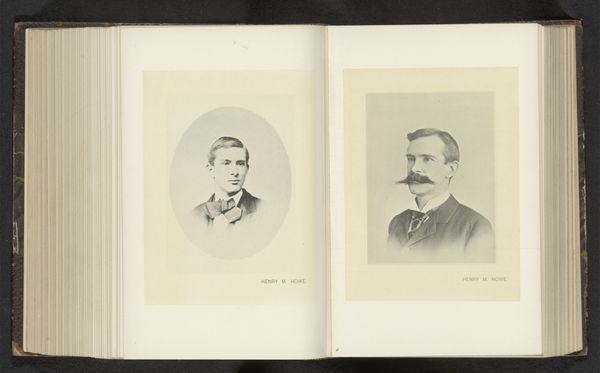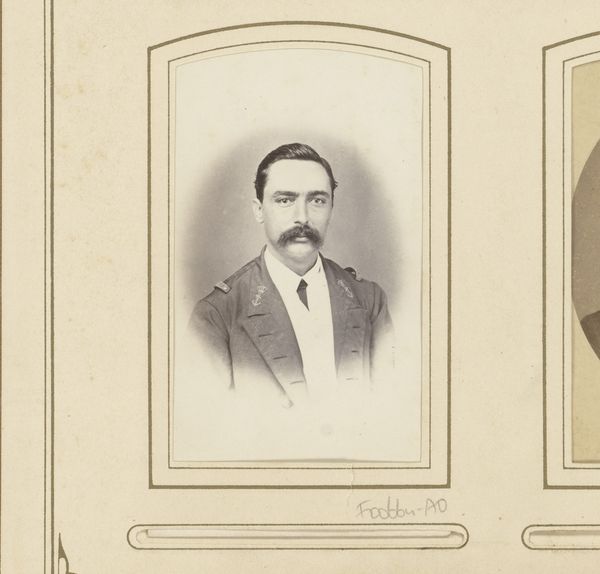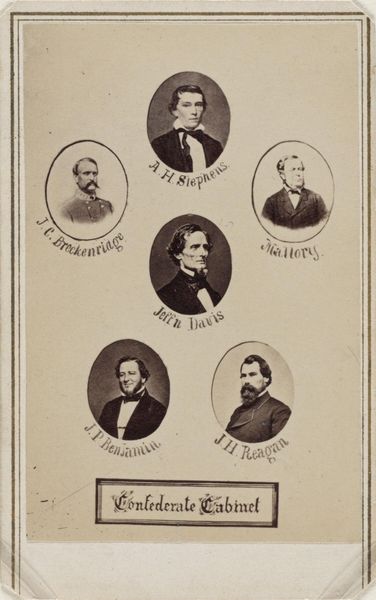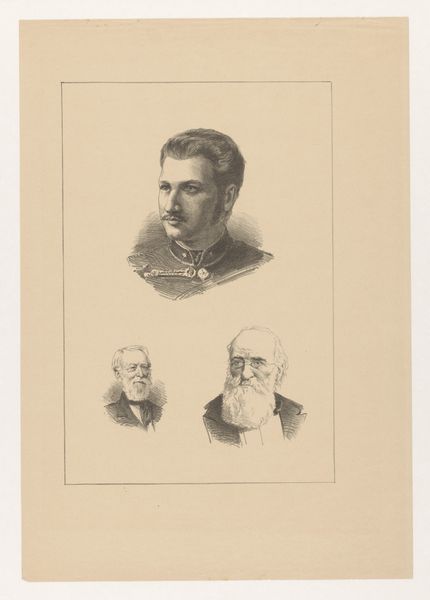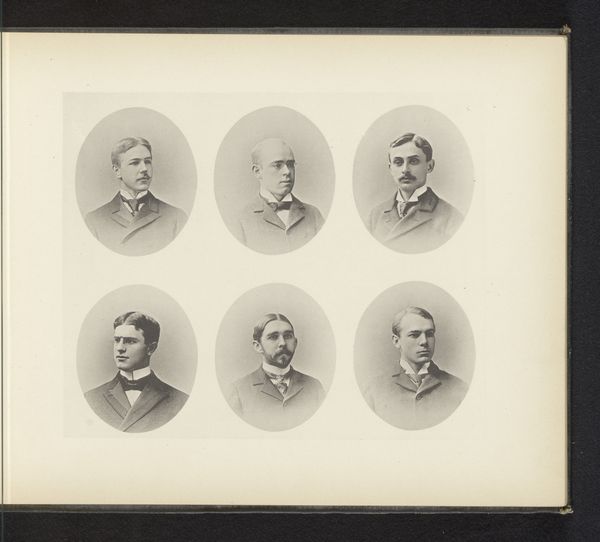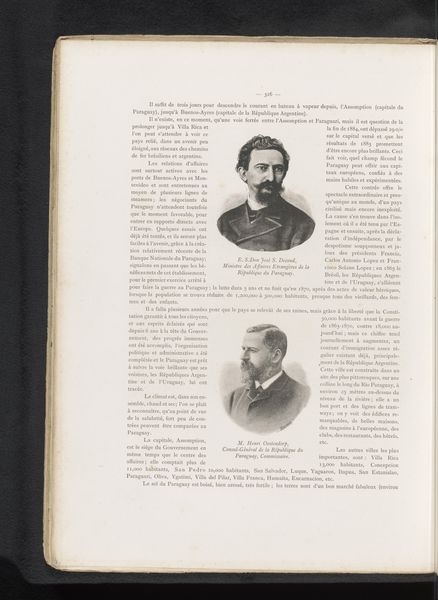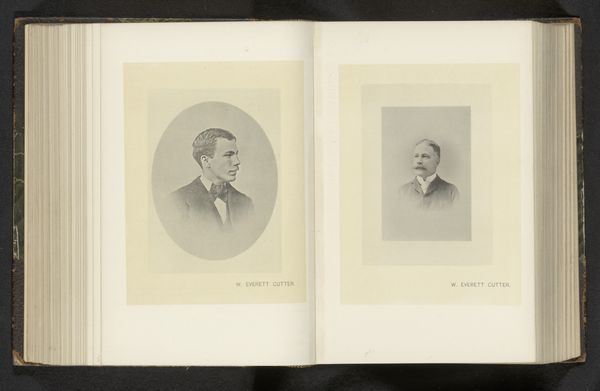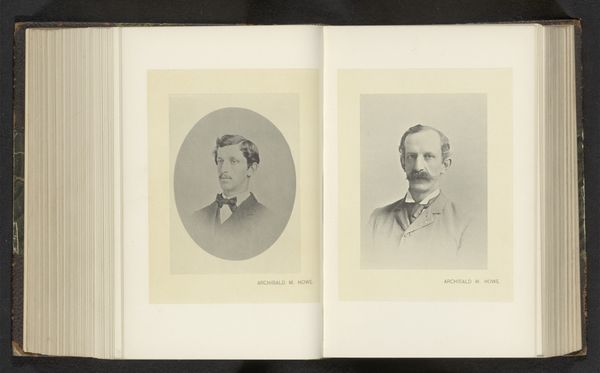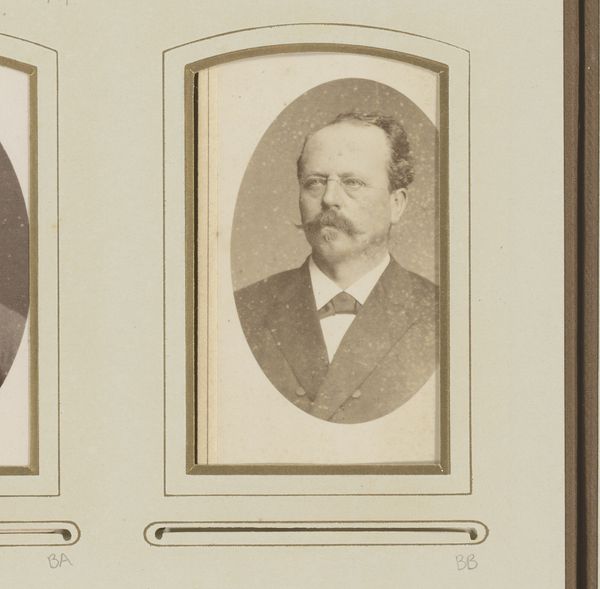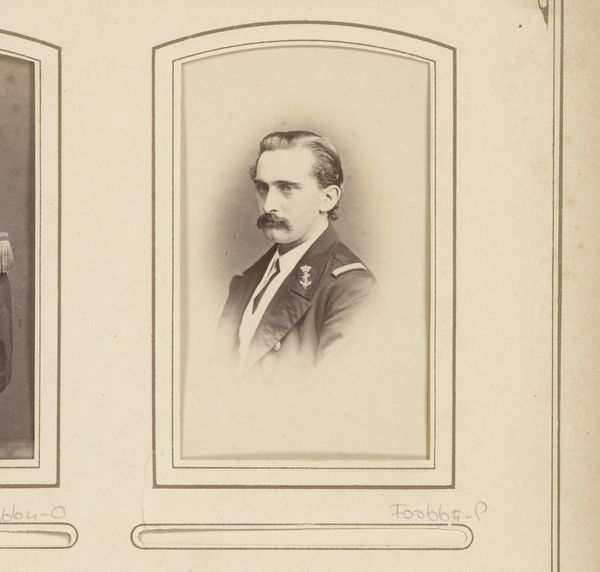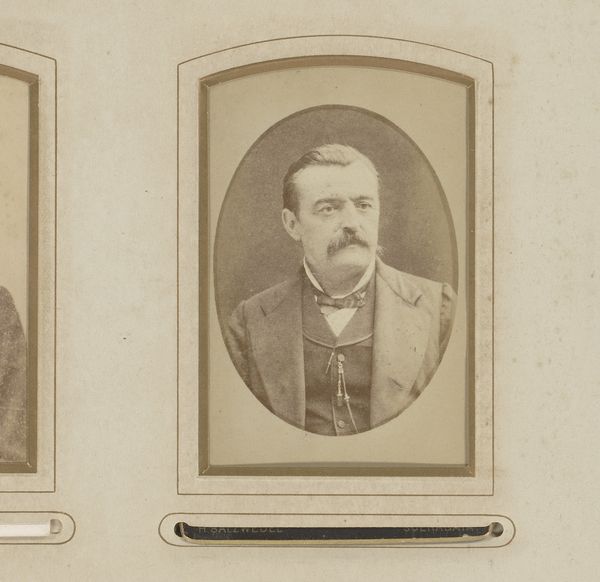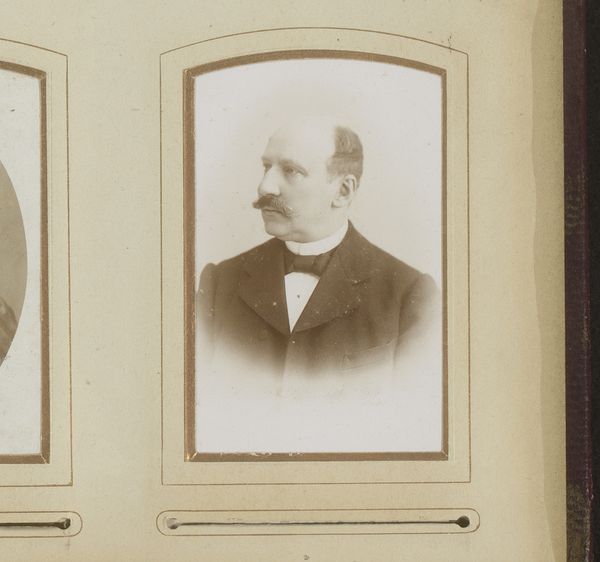
Drie portretten van Alexander II, H.P. Pelham-Clinton, George I 1842 - 1898
0:00
0:00
frederikaugustheyman
Rijksmuseum
print, engraving
#
portrait
#
pencil drawn
# print
#
pencil sketch
#
old engraving style
#
pencil drawing
#
history-painting
#
academic-art
#
engraving
Dimensions: height 375 mm, width 270 mm
Copyright: Rijks Museum: Open Domain
Editor: Here we have a print called "Drie portretten van Alexander II, H.P. Pelham-Clinton, George I," dating from 1842 to 1898, here at the Rijksmuseum. It depicts three portraits, one above the other, and what immediately strikes me is how they each seem to represent a different generation, even a different approach to portraiture. What are your initial thoughts when looking at this piece? Curator: Well, considering it’s a print, likely an engraving, we have to think about the labor involved in its production. The transfer of these likenesses from, presumably, paintings or photographs onto a matrix by a skilled artisan. Each line meticulously etched, translating light and shadow. It begs the question, what was the social function of distributing these images in this way? Who consumed them, and why? Editor: That's interesting. I hadn't considered the act of reproduction itself as part of the meaning. So, it’s less about who these men are, but rather what the mass production of their image represents? Curator: Exactly. The materials themselves are key. Cheap paper, readily available, would allow for wider distribution, democratizing the image in a way that an oil painting wouldn't. But it also begs the question of originality, doesn't it? Is this an artwork in its own right, or simply a vessel? What do you think? Editor: I guess it blurs those boundaries. It's reproducible, but the skill involved in the engraving elevates it beyond a simple copy. It also speaks to the power and reach of printmaking during that period. I definitely see that a materialist approach highlights those considerations, almost challenging the idea of the 'aura' surrounding traditional portraiture. Curator: Precisely. And isn't it interesting how shifting our focus onto production allows us to reconsider hierarchies within the art world itself? From high art to the skilled craft of the engraver. Editor: It’s like rediscovering the layers of labour behind a seemingly simple image. Thanks, I am seeing that so much clearer now. Curator: My pleasure, looking at the piece's construction materials and methods broadens one's outlook so profoundly!
Comments
No comments
Be the first to comment and join the conversation on the ultimate creative platform.
